Changing the car fuel filter in your vehicle can be tricky. However, you can do well on your own. In this article, Philkotse.com is showing you nine steps to replace your car's fuel filter at home. Let's check out!
Step #1: Park your car on a solid and flat surface.
Step #2: Relieve the pressure from the fuel system by following these steps:
- Reduce pressure in the fuel tank by opening the lid.
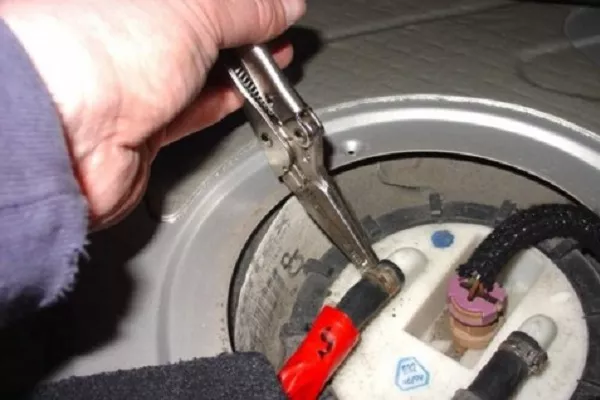
Reduce pressure in the fuel tank by opening the lid
- Disconnect the fuse of the fuel pump (Car experts advise that you should refer to the manual provided by the car manufacturer).
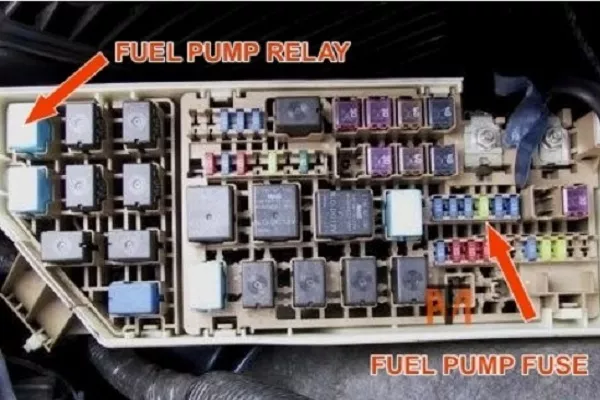
Disconnect the fuse of the fuel pump
- Let the engine run until the fuel in the pipe has been used up and then switch it off.
- Apply the gas pedal for 2 seconds to completely relieve all remaining pressure.
Step #3: Unplug the battery cable.

Unplug the battery cable
Step #4: Locate the fuel filter on the car. It usually locates in the engine or under the bottom of the car near the fuel tank. If necessary, lift up the rear end of the car using a jack. After that, remove the fuel tube from the filter.
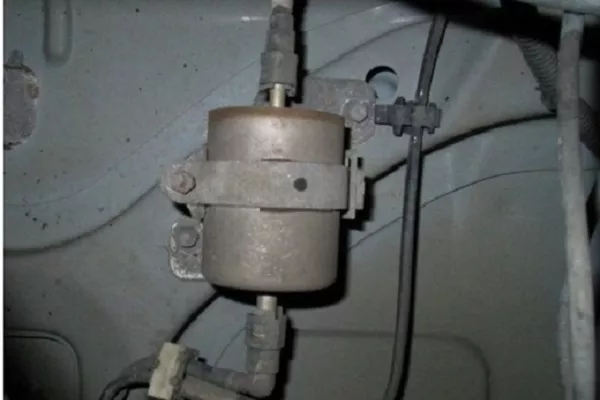
Locate the fuel filter on the car
>>> Related: How do oil filters work and how do I keep them in tip-top shape?
Note: For older cars using carburetors, fuel lines are fitted with simple tube clamps. Whereas, for cars using gasoline injectors, the fuel pipes are fitted with much more complicated tubes or joint clamps, which requires the use of specialized tools for removal.
Step #5: Remove the bolt and screw holding the fuel filter (if needed) and then remove the fuel filter.
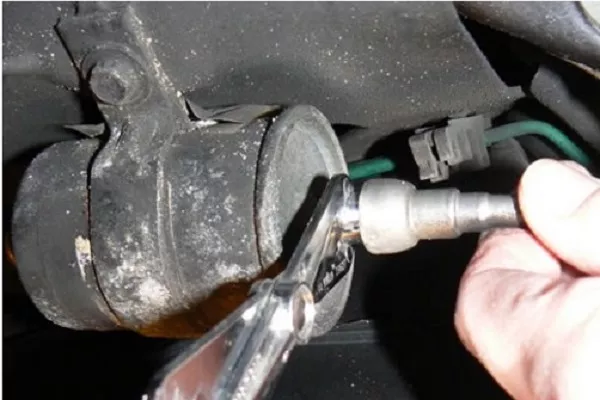
Remove the bolt and screw holding the fuel filter
Step #6: Put back the fuel filter in place and ensure the fuel flows to the engine. Next step is to retighten the holding bolt and screw.
Step #7: Check and re-install the piping system into the filter. Reinstall the fuse of the fuel pump.
Step #8: Reconnect the battery wires and lower the car if previously lifted.
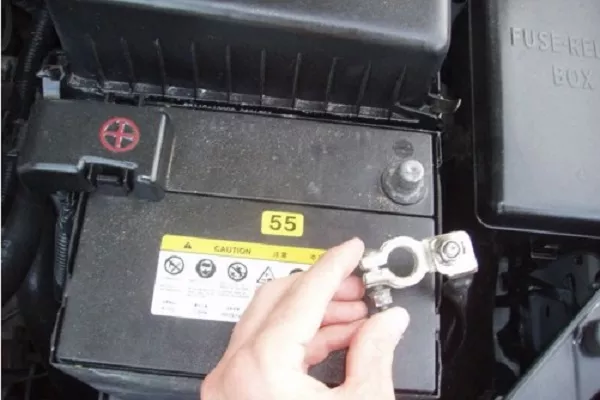
Reconnect the battery wires and lower the car if previously lifted
Step #9: Start the engine and check again once more time.

Start the engine and check again
According to tips from car experts, you should always wear protective eyeglasses when performing the above steps. Other protective equipment may be used if needed such as gloves and safety shoes.
In addition, gasoline is very flammable, so:
- Always keep a fire extinguisher on the side when you operate and work with the fuel system.
- Avoid smoking or putting flammable materials near your car, especially near the fuel tank.
- Do not use any incandescent lamp in any circumstances because the heat generated on the bulb's outer glass is also a serious risk of burning the fuel.
- Be cautious with electrical tools that can ignite the fuel.
Recent posts
- What are Fuel Additives and Do They Really Work? Nov 02, 2018
- Fuel-saving products for cars: Worth it not? Oct 19, 2022
- Damages and What To Do When You Pumped The Wrong Fuel Oct 09, 2018










